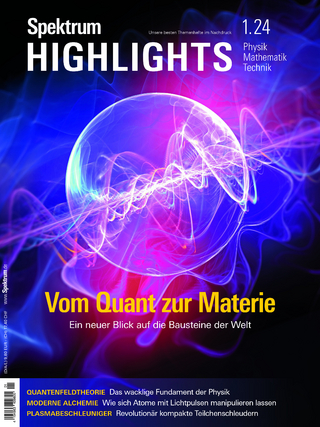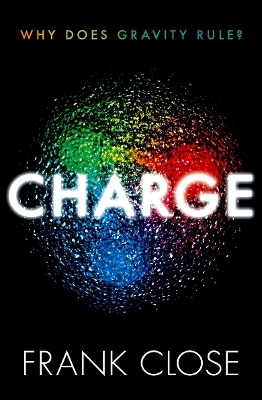
At The Leading Edge: The Atlas And Cms Lhc Experiments
World Scientific Publishing Co Pte Ltd (Verlag)
978-981-4304-67-2 (ISBN)
Too often descriptions of detectors focus on the 'what' and not the 'why'. This volume aims to elucidate how the requirements of the physics at the Large Hadron Collider (LHC) define the detector environment. In turn, the detector choices are made to adopt to that environment. The goal of LHC physics is to explore the mechanism for electroweak symmetry breaking. Because of the minuscule cross-sections which need to be explored, 0.1 fb, the LHC needs to provide 100 fb-1/yr, or an instantaneous luminosity of 1034 / (cm2 sec). With a bunch crossing interval of 25 nsec, well matched to detector speeds, there will be 25 events occupying each bunch crossing.Thus the physics requires fast, finely segmented, low noise and radiation resistant detectors which provide redundant measurements of the rarely produced electrons and muons. To achieve those goals, new ground was broken in constructing the A Toroidal LHC ApparatuS (ATLAS) and Compact Muon Solenoid (CMS) detectors in the vertex detectors, tracking systems, calorimetry, strong magnets, muon systems, front end electronics, trigger systems, and in the data acquisition methods used.
How Physics Needs Define the LHC Environment (D Green); The CMS Pixel Detector (W Erdmann); The Hybrid Tracking System of ATLAS (L Rossi); The All-Silicon Strip CMS Tracker: Microtechnology at the Macroscale (M Mannelli); The ATLAS Electromagnetic Calorimeters: Features and Performance (L Mandelli); The CMS Electromagnetic Calorimeter: Crystals and APD Productions (P Bloch); ATLAS Electronics: An Overview (P Farthouat); Innovations in the CMS Tracker Electronics (G Hall); TILECAL: The Hadronic Section of the Central ATLAS Calorimeter (K Anderson et al.); Innovations for the CMS HCAL (J Freeman); ATLAS Superconducting Toroids - The Largest Ever Built (H H J ten Kate); Constructing a 4-Tesla Large Thin Solenoid at the Limit of What Can Be Safely Operated (A Herve); The ATLAS Muon Spectrometer (G Mickenberg); The CMS Muon Detector: From the First Thoughts to the Final Design (F Gasparini); The Why and How of the ATLAS Data Acquisition System (L Mapelli & G Mornacchi); Removing the Haystack: The CMS Trigger and Data Acquisition Systems (V O'Dell ).
| Erscheint lt. Verlag | 11.2.2010 |
|---|---|
| Verlagsort | Singapore |
| Sprache | englisch |
| Themenwelt | Naturwissenschaften ► Physik / Astronomie ► Hochenergiephysik / Teilchenphysik |
| ISBN-10 | 981-4304-67-0 / 9814304670 |
| ISBN-13 | 978-981-4304-67-2 / 9789814304672 |
| Zustand | Neuware |
| Haben Sie eine Frage zum Produkt? |
aus dem Bereich


